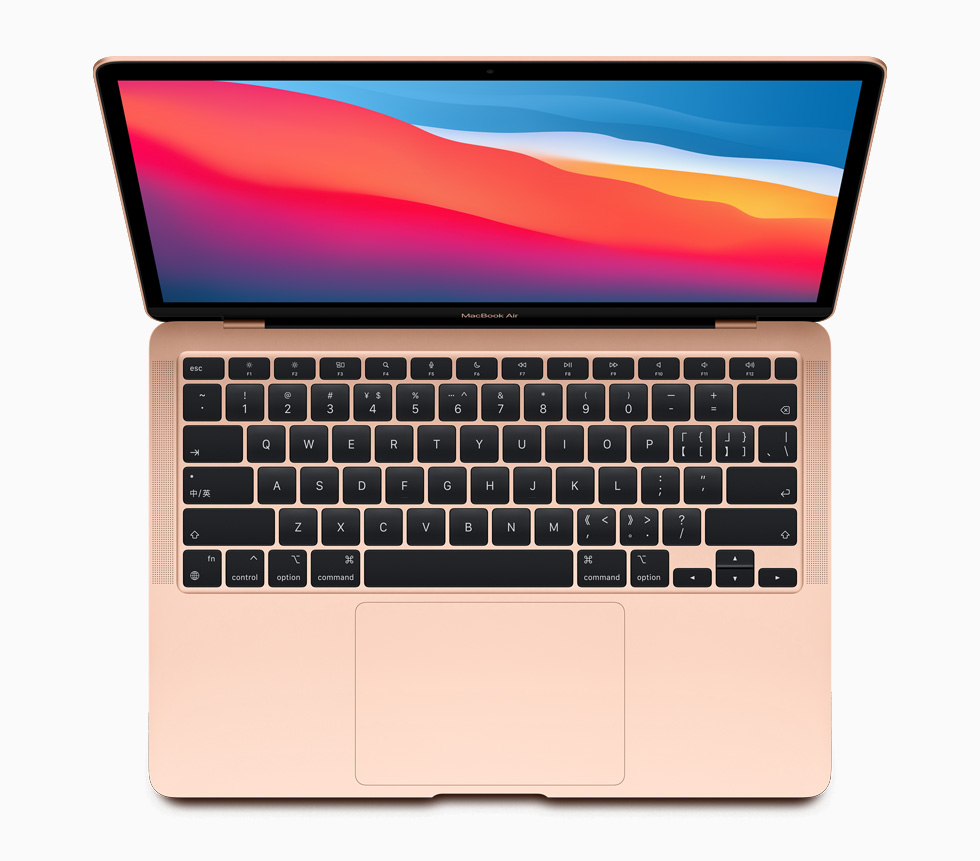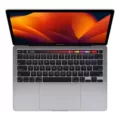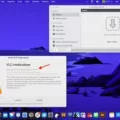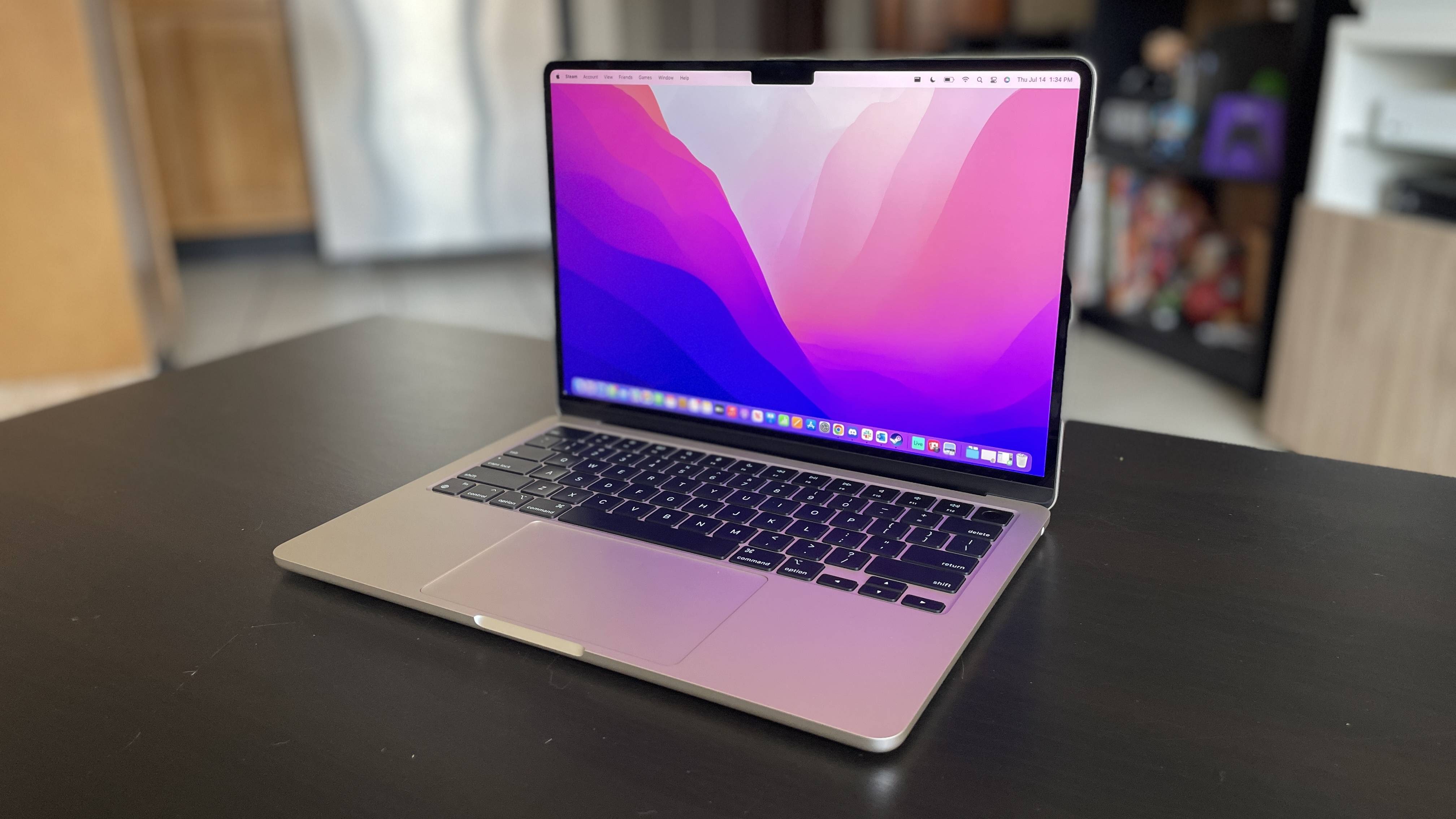If you’re a Mac user looking for more power, you may have heard of the Turbo Boost feature. This feature is available on certain Mac models and can help to significantly improve performance when needed. In this blog post, we’ll explain what Turbo Boost is, how it works, and why it could be beneficial to your Mac experience.
What is Turbo Boost?
Turbo Boost is a feature available on some Mac models which allows them to temporarily increase the clock speed of their processors to maximize performance. This can come in handy when working with demanding tasks like video editing or gaming.
How Does It Work?
The Turbo Boost feature works by monitoring the processor’s temperature and then increasing its speed if there’s enough thermal headroom. This means that the processor can run faster without running too hot or damaging other components in the system.
Why Should I Use It?
Using the Turbo Boost feature can help you get more out of your Mac by allowing it to work at peak performance when necessary. If you’re doing something resource-intensive like gaming or video editing, then using Turbo Boost will ensure that your Mac has enough power to handle these tasks without slowing down or crashing. Additionally, using Turbo Boost will help keep your system cooler as it won’t have to run at high speeds all the time.
How Do I Enable/Disable It?
On most Mac models, you’ll need to install an application called ‘Turbo Boost Switcher’ to enable or disable this feature. Once installed, simply click on the icon that appears in your menu bar and select either ‘Enable’ or ‘Disable.’ It’s also important to note that if your Mac already has this feature enabled, you won’t need to install any additional software as it will be automatically enabled/disabled through macOS settings.
The Turbo Boost feature can help make sure that your Mac runs at peak performance when needed – perfect for gamers and those working with demanding applications like video editing software. To enable/disable this feature you’ll need an app called ‘Turbo Boost Switcher,’ but if your system already has it enabled then no additional software needs to be installed.

The Benefits of Turbo Boost on MacBook Air
Turbo Boost is a feature of Intel processors used in many Mac laptops, including the MacBook Air. When enabled, it dynamically increases the clock speed of the processor in order to give extra performance when needed. This means your laptop can handle more intensive tasks without slowing down or crashing. It also helps increase battery life by reducing the amount of time spent on tasks that require a lot of computing power. With Turbo Boost enabled you can get more done with less effort!
Enabling Turbo Boost on a MacBook Air
To enable Turbo Boost on your MacBook Air, click on the Turbo Boost icon that has been added to your Mac’s menu bar. If it is already enabled, you will see a “Disable Turbo Boost” message. If it is not enabled yet, you will see an “Enable Turbo Boost” message. Clicking either of these messages will toggle the Turbo Boost feature on or off. Once enabled, the Turbo Boost feature will automatically adjust your computer’s speed and performance when needed to give you the best possible user experience.
Boosting the Performance of a Mac Air
Boosting your Mac Air can be done in a few different ways. Firstly, you should check your hard drive to make sure it is not full or cluttered. Regularly clean up system files, documents, and other data that are taking up storage space. You should also run a system update to ensure that all the latest updates and patches are installed.
Second, you should manage start-up programs and disable any programs or applications that aren’t actively in use. You can also remove any unused applications from your MacBook Air as well as reduce visual effects to free up memory.
Thirdly, you should consider upgrading your RAM if possible. Adding more RAM will help improve the overall performance of your MacBook Air by allowing it to process more data at once. Additionally, if you have an HDD (Hard Disk Drive), consider swapping it out for an SSD (Solid State Drive). An SSD will provide faster loading times and better overall performance than an HDD.
Turning On Turbo Mode
To turn on Turbo Mode, you’ll need to access the BIOS settings. First, restart your computer and press the appropriate key before the system starts loading (typically F2 or Delete). In the Advanced menu, select CPU Configuration and then CPU – Power Management Control. Finally, set Turbo Mode to Enable and then save your changes and reboot the system.
Improving Performance on a Macbook Air
If your Macbook Air is running slow and feeling laggy, there are a few steps you can take to make it run faster.
First, check for any macOS updates that may be available. Keeping your operating system up to date can help improve the performance of your device.
Second, limit the number of apps running in the background. To do so, open Activity Monitor (Applications > Utilities) and select ‘All Processes’ from the dropdown menu at the top. Click on the CPU column headers to sort by activity level and view any processes that may be taking up a large percentage of your system resources. If you find any processes that you don’t need running right now, quit them by selecting them and then clicking ‘Quit Process’ in the upper left corner of the window.
Third, free up space on your startup disk. To do this go to Apple > About This Mac > Storage tab and look at how much free space is available on your hard drive. If there isn’t much free space available (less than 10%), consider deleting old files or moving them to an external hard drive or cloud storage service like iCloud or Dropbox in order to free up some space on your Macbook Air’s internal storage drive.
Fourth, manage login items on startup by going to System Preferences > Users & Groups > Login Items tab and disabling any unnecessary start-up apps that may be slowing down your Macbook Air’s performance when it boots up.
Finally, if all else fails you can consider adding more RAM memory (4GB is recommended for Macbook Air models) as this will help speed up its overall performance as well as reduce lag during multitasking operations.
Conclusion
In conclusion, the Turbo Boost feature on Mac Air can be a great way to maximize your computer’s performance. By enabling Turbo Boost, you can take advantage of enhanced speeds and better multitasking capabilities. However, it is important to remember that this feature should be used judiciously and not abused. Additionally, there are other ways to speed up your Mac Air such as cleaning system files, killing demanding processes, managing startup programs, removing unused apps, running system updates, upgrading RAM, swapping HDD for SSD, and reducing visual effects. Lastly, if you need to run high-performance services on a Mac with macOS Server you can turn on performance mode to dedicate additional system resources for server applications.








